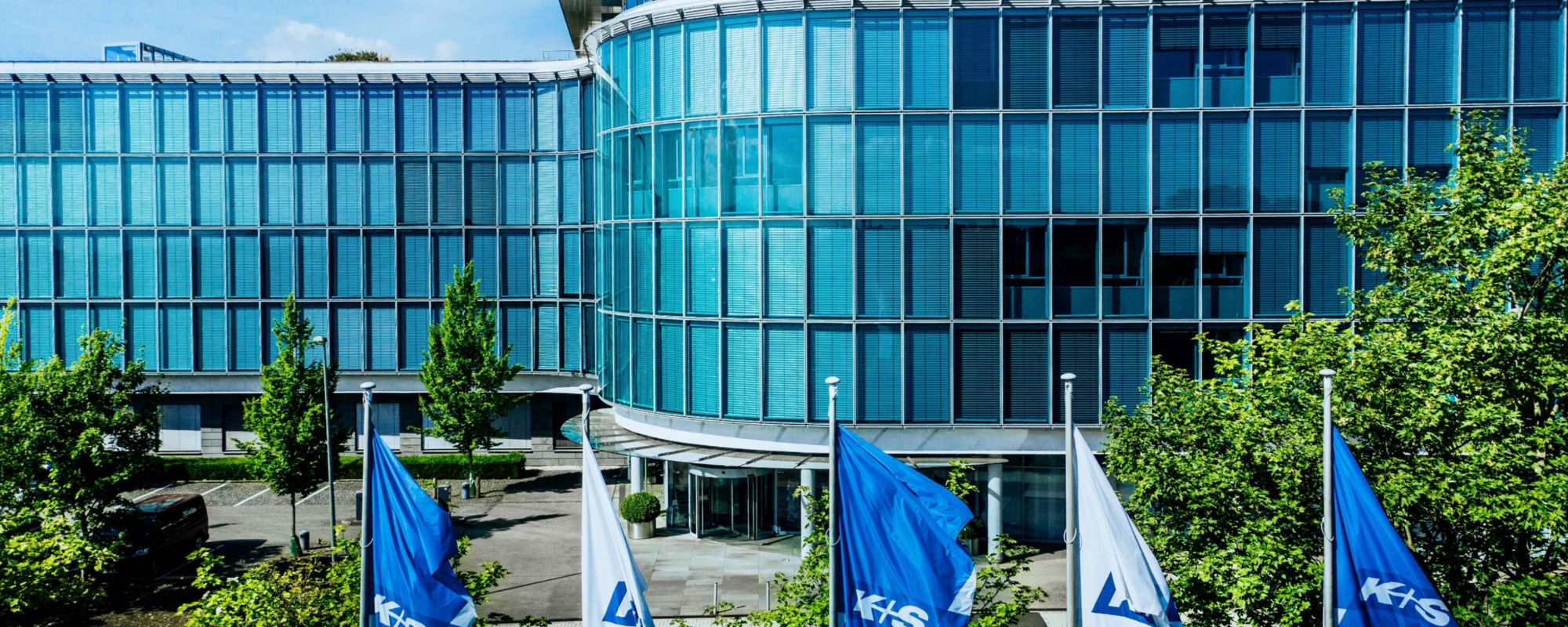K+S Equity Story
- 2018: Severe drought led to production restrictions at German potash sites due to disposal bottlenecks for saline water
- 2019/20: Due to low agricultural prices, farmers had little incentive to fertilize efficiently to increase their harvest, which led to a further decline in fertilizer prices
- 2020: Partially negative cash flows further increased the already high level of indebtedness due to the construction of the Canadian potash plant. Net financial liabilities/EBITDA increased to over 7x and the rating was downgraded to B (outlook: negative)
Suspension of the dividend payment for 2020. - 2021: Sale of the US salt business achieved a multiple of 12.5x EBITDA despite implementation of the transaction under Covid restrictions and leads to a cash inflow of USD3.2 billion, book gain of €0.7 billion
- 2021: Rising agricultural prices led to a recovery in demand and an increase in fertilizer prices
- Since 2022: Net financial debt fully eliminated through operating business development and strategic realignment; rating back in the BBB- investment grade range. Significantly improved waste disposal safety and permit situation. Excellent growth prospects in Canada.
- Our capital expenditure will be increased in the course of the sustainable and economic transformation (especially in the years 2024 to 2026).
- Nevertheless, our strong balance sheet and improved operating cash conversion ensure at least break-even free cashflows – even at the lower end of the cycle.
- Adjusted free cash flow and therefore the distribution potential will improve significantly after the period of increased capital expenditure even with low potash prices, potash price increase would result in additional improvement.








